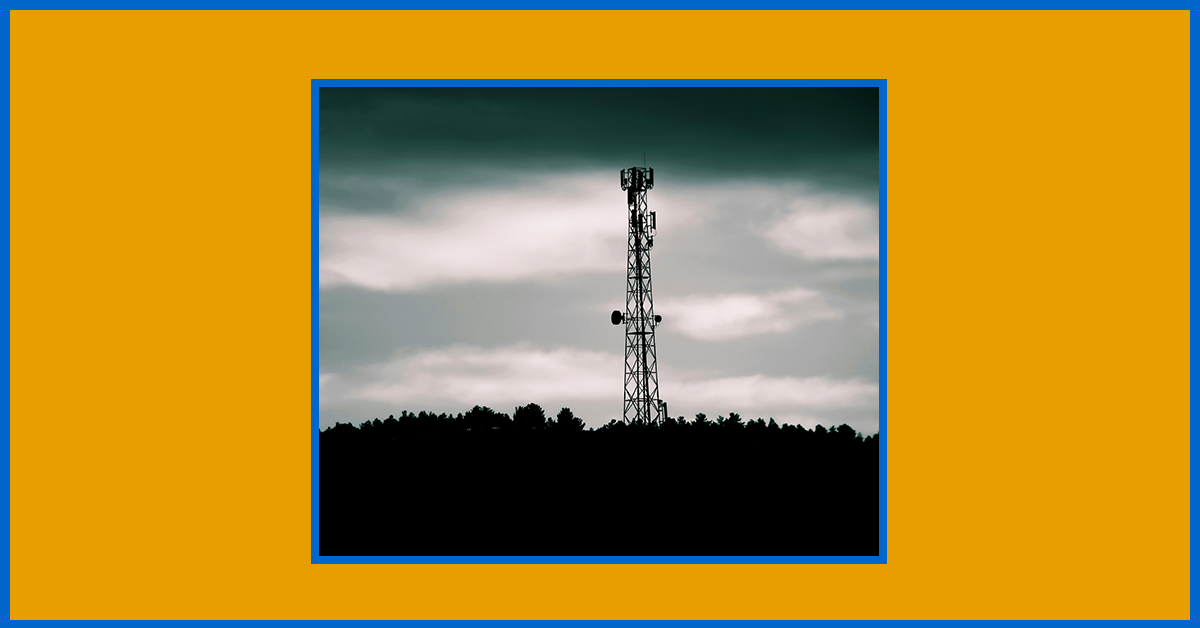Authored by Richard J. Gibbs, IEEE Life Member

Richard J. Gibbs, IEEE Life Member
I have been associated with IEEE since its inception. While in college at Indiana Tech, I was the student president of the IRE, which joined forces with the AIEE to become IEEE in 1963. I was the first student president of our chapter at Tech, some 50-plus years ago.
I went to work at New Jersey Bell, and our chief engineer, Jack Doyle, got me involved again in IEEE events in and around New York City. I worked on a number of standards committees and served as the co-chair for the International Convention in the early 1970s. I left the Bell System in 1974 to take up forces with the likes of Sprint, MCI, Datran, and ITT.
There were three memorable events during my 39 years in the telecommunications industry:
On Father’s Day in 1977, I received a phone call from the control center of ITT’s microwave division.
A tornado had taken down a microwave tower in Middleburg, Virginia. As director of operations, I immediately drove to our headquarters in lower Manhattan. I spent the next 36 hours there attempting to restore service to a large customer base, including airlines, banks, retail stores, and stockbrokers.
The tower affected was on the top of a mountain and had a southward shot to another tower approximately 25 miles away. To the north was a tower approximately 20 miles away. The incident tower was snapped into a dangling mass of steel with no means of re-erecting it. An emergency tower was en route from Pennsylvania, but would not be operational for 24 hours. The engineers sent to the scene thought they might be able to redirect the beam of the southerly tower to intersect the antenna of the northerly tower. Work proceeded to accomplish this task, but the threads on the antenna to reposition the antenna’s direction were too short, and a meet could not be made. Finally, the emergency tower and antennas were operational, and service was restored some 34 hours after the initial interruption.
The second event happened during the Northridge, California earthquake in January 1994.
I was the vice president of operations for a company based in Honolulu, Hawaii, with a major switching complex in downtown Los Angeles. I just happened to be in San Diego when the earthquake hit about 4:00 a.m. It was my first big quake. Once I realized what was happening, I called the operations manager for LA, who was getting dressed and about to leave his home in suburban LA. Upon arriving at the site with a few other technical staff, they determined that the switch, although overloaded, was functioning properly. However, electrical power had been lost in downtown LA, and we were operating on a backup generator. The problem at hand was insufficient fuel to keep the site running.
I had encountered this same problem before the second New York City blackout in 1977. Calls were initiated to fuel suppliers as soon as their offices opened that morning. The earthquake severely damaged road infrastructure, and the local authorities were reluctant to permit fuel transport into the city. We powered down all but essential equipment and waited. The switching site eventually went off the air.
Interestingly, the switch manufacturer had always said in their sales pitch that upon reaching critical battery voltage, their switch would shut itself down in an orderly fashion, permitting a reboot when power was restored. I always took this with a grain of salt. However, after the restoration of service, I wrote a letter to the president of the switch manufacturing company praising the fact that the switch powered down and up as advertised. I was very grateful that the claim was more than just a sales pitch.
Late in my career as a consultant, I assumed the responsibility as acting CEO for a start-up long-distance and international carrier headquartered in McLean, Virginia. The vice president of operations came into my office with the news of the World Trade Center (WTC) being hit by a plane.
We both thought an errant small plane was the culprit until we turned on the television to learn of the horrific terrorist attack. On the third subbasement floor, we had an unmanned international switch. From our control center vantage point, we could see the switch was operational, but the scenes on the television painted a bleak picture.
That switch remained operational for two days on battery power before going off the air. The communication services to our international partners had been severed, but we remained vigilant that some soul trapped deep in the bowels of the WTC might use the local phone for a call for help. No call ever came.
Three events: three times a significant loss of service; two out of three restorations. The natural events had a happy resolution; the man-made event still leaves me speechless.



